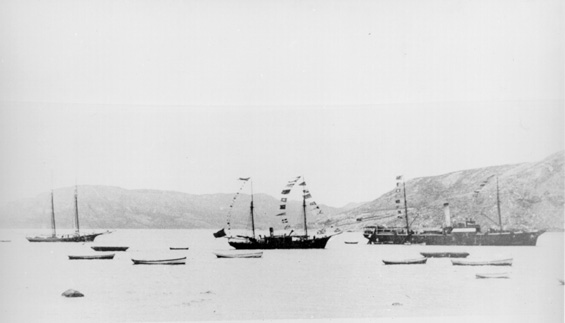
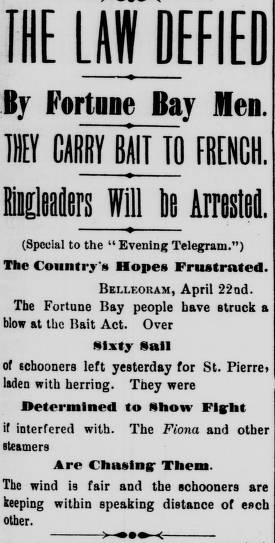
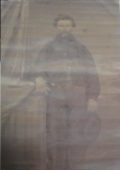
How Thomas Hynes of Bay L'Argent helped save the poor and starving families of Fortune Bay.
The usually quiet Fortune Bay, frequently filled with the sound of lonely schooners heading out the bay during the 19th century, was a much different place in 1891 as ships commissioned by the Newfoundland Government lined up across the Bay as far out as St. Pierre blocking the entrance. Fisherman who wished to defy the laws of the land to fight for their families and livelihoods would have to sneak past the wall in order to sell their catch. The men of the bay took their young sons and defiantly worked against the wind as they sailed against the powers that be. The revolution was headed by small man, named Tommy Hynes after his father, whom drew the ire of the Newfoundland Government, and motivated thousands of fisherman around the bay.
During the late 1880s, tensions came to a height in Fortune Bay, Newfoundland as the government issued an ill-conceived Bait Act which sought to end Americans fishing in Newfoundland waters. However, the Act ended up limiting the rights of inshore fisherman to barter and sell their catches to foreigners limiting their consumer base and barred them from fishing close to shore where the rich bait of Newfoundland would swim. The Bait Act was completed due to, as the Honourable G. Rendell put it in February 18 1888, “at present fifteen or twenty persons are striving to draw a living out of that which formerly supported ten.” Continuing he explained that there must be a way to conserve the fish that support the main livelihood of the people of Newfoundland. A familiar topic to Newfoundlanders today which came to a height just over 100 years later. As a result, the government decided to enforce it in the words of Rendell, “because if allowed to remain dormant, we should exhibit as a laughing stock to all concerned”, thereby putting the appearance of the Newfoundland government over its own people.

Fisherman around the island seemed to have supported the Act but it was the inshore fisherman whom relied on selling their bait to foreigners to feed their families that were adamantly opposed. They were restricted from the rich herring and capelin waters and were unable to receive adequate prices for their fish and were heavily prosecuted by the government who wished to not become the “laughing stock” of the world. The fisherman struggled for three years immediately following the initiation of the act. During these years, fisherman had successfully “ran the blockade” as described in the Evening Telegram at the time. As more fisherman defied the government, the tighter the restrictions came. The foreigners needed bait on the Banks. They offered higher prices due to the absence of bait and the fisherman needed the money to support their families. Thus, an open defiance ensued at a height in 1891 as families starved around the bay. As their children looked to them with worried eyes and distraught with hunger, the fishermen had to do something.
Thomas Hynes was one of those fishermen fighting for his families’ survival. Born in 1831 to an Irish-born father and Mi’kmaq mother on the “The Neck” of English Harbour East, he was middle aged when he defied the government to take back his livelihood, the fishery. According to reports at the time, more than sixty boats had defied the Act, and Thomas Hynes was listed as one of the ringleaders who encouraged the fisherman to fight the law. Oral history states that he had been doing so for years while evading capture by the incoming rangers. He was known as a skilled escape artist, often evading capture by the police in one area of Fortune Bay while
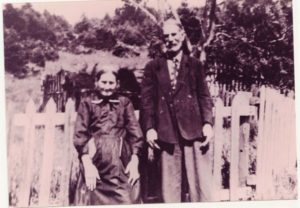
he watched from a hilltop chewing tobacco. During this time as described by oral history and detailed completely in Otto Lawrence’s book “The Bay in the Boy”, Tommy had been working outside when 9 policemen, hiding within the trees of Bay L’Argent, had surrounded him, boxing him in. Tommy sang out to his friend John House, a giant man of over 7 foot, and soon John came running down and legend has it, fought and took out all the policeman by himself. Tommy evading capture once again made his way through the woods to St. Bernard’s.
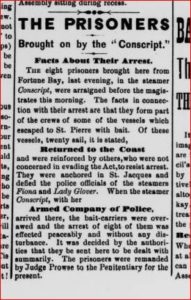
Eventually, the law caught up on Tommy and he was forced to give in to the police in St. Jacques. He was arrested along with 7 other ringleaders including his first cousin Daniel McCarthy of Head of Bay (Now Terrenceville), and were taken onboard the SS Conscript which was heavily armed with dozens of policemen to St. John’s for trial. While the others were let off with the crimes, Tommy confessed his guilt and was charged for disobeying the Bait Act, however as word spread across St. John’s and beyond, of the fishermen’s plight, pressure began to rise on the government to release Tommy from jail. He was eventually released and the loosening of the Bait Act began to unravel, and while it was still illegal, the fisherman were given more and more leverage to sell their fish to foreigners in St. Pierre and beyond.
Several years later the ship on which Tommy was arrested changed its name to the SS Virginia Lake and became a sealing vessel. During this time Tommy coincidently became a seal fisherman on the ship and 17 years later (1908) since being arrested in 1891, he was sealing on this very same ship, in Notre Dame Bay and suddenly passed away well into his 70s. His obituary published not long after his death described him as well-respected in the bay and would be missed by all. The ship which had both en-captured him and brought wealth to his family suffered a similar fate the year after his death, and was caught on fire while on the Labrador.
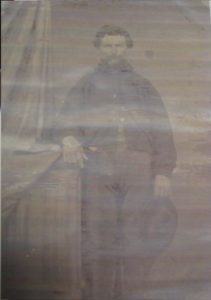

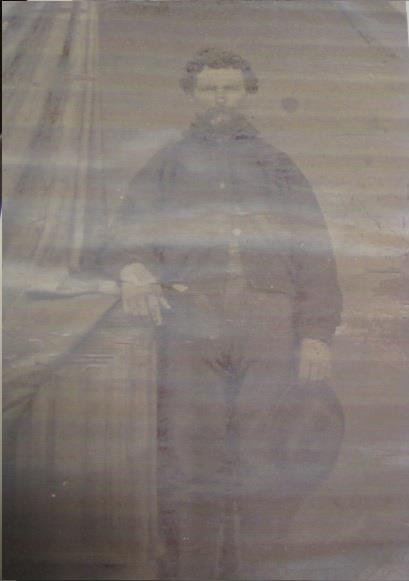
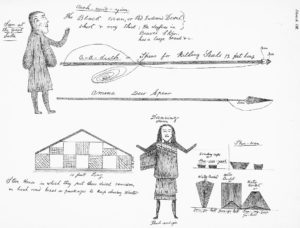
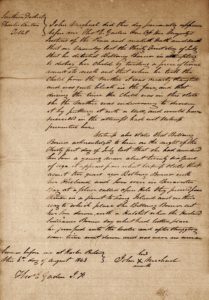
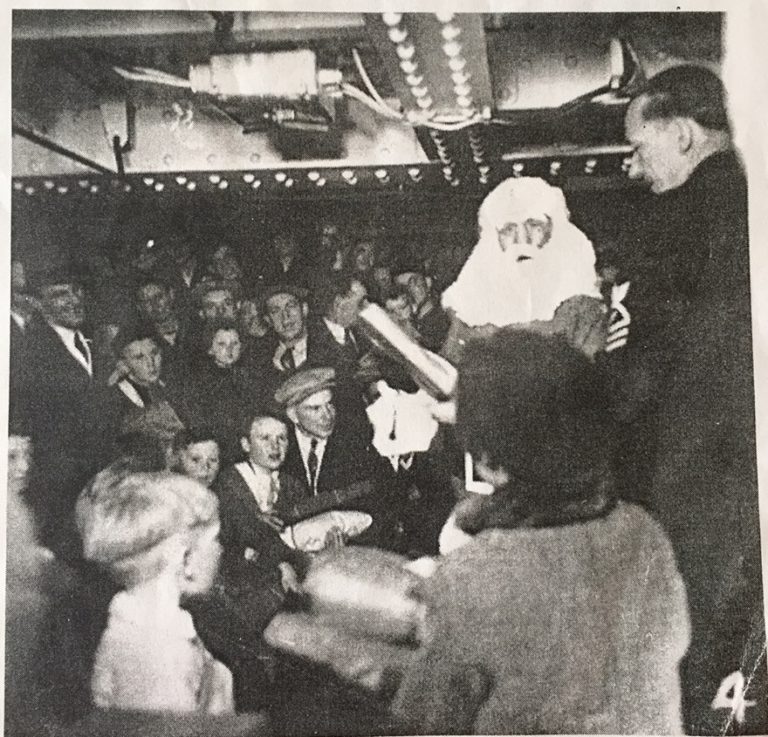
What an amazing story. I still can’t fathom St. Pierre a foreign country. I remember “Aunt Liz” House, a tiny lady visiting in Grandma Hynes’ kitchen. Her husband Jack a House was really tall. Newfounfland fisherman had it tough years ago, they still do, the remaining few.
I remember hearing about Uncle John House when I was a boy growing up in Little Bay East and how he beat the crap out of 7 ( the story said 9 ) policemen from St. John’s but I never knew the reason for the fight. Now I know ” the rest of the story “, Very interesting. There was also a story about him lifting a 45 gallon drum of (oil ? ) which had fallen over a vessel and was caught between the vessel and the wharf. By all accounts he lifted it back on the wharf by his fingertips ( no handholds on the drum, just a narrow rim ). Strong man.
Great story, I always admire people who stand up against injustice….way to go Tommy!! And the fact that he was Mi’kmaq made it even more enjoyable….thank you !wela’lin!
Great story.I remember going to grandma Hynes when I was a child and a very tall man named Jack House lived close to grandma and grandpa Hynes.,so this Thomas Hynes was grampa Hynes father?My Grandfather was an intelligent man,he read many books,listened to the radio with great interest,he was very interested in politics etc.He once had a business he sold groceries ,gas and anything people needed in those days.My mom told me his store burned down and they had no insurance at that time,it was a great loss.
The part about him lifting a 45 gallon drum with his fingertips is most likely true. N the reason being is that I have heard of older men who were big men from conche. N other communities on the northern peninsula doing the exact same thing
Yes I think every community around the Island had one or two individuals who had more than average strength. My uncle use to say that the world was gonna get wiser and weaker and I think he was right because I don’t hear of anybody around like that today….
i knew a man from Canada hr who could lift a full drum of oil from his boat to put on his wharf his name is Joe Edgar
A very interesting read for sure! I love reading stories of years ago back in the olden days( we call them) lol when life was so much simpler. Not easy tho by no means😞😦. Very brave man !!!